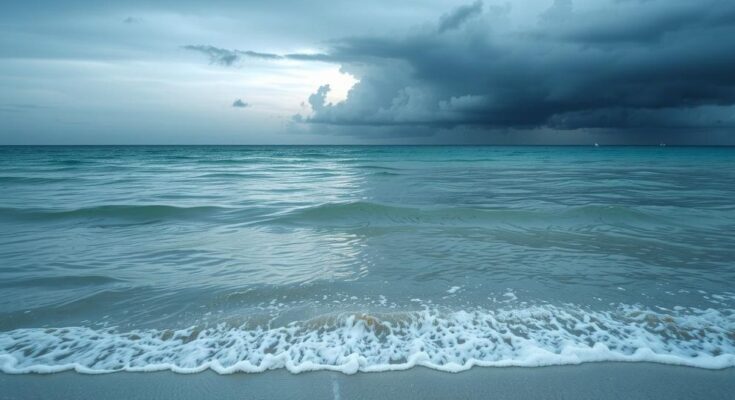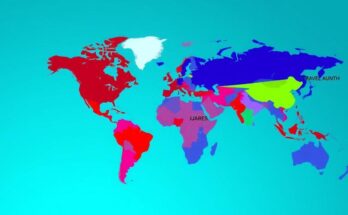A powerful 7.6 magnitude earthquake struck the Caribbean Sea, leading to temporary tsunami advisories in Puerto Rico and the Virgin Islands. Authorities advised residents to avoid coastal areas due to potential flooding and strong currents. The advisory was later lifted, with no reports of damage. Additional tsunami risks were highlighted for certain coasts of Cuba.
On Saturday, a significant earthquake measuring 7.6 on the Richter scale struck the Caribbean Sea, approximately 130 miles southwest of Georgetown, Cayman Islands, according to the U.S. Geological Survey (USGS). The earthquake occurred shortly before 6:30 p.m. and prompted a temporary tsunami advisory for Puerto Rico and the Virgin Islands.
In light of the situation, local authorities advised residents and visitors in affected areas to avoid beaches and coastal waters due to potential hazards such as flooding and abnormal sea levels. Subsequently, at around 8:15 p.m., the National Tsunami Warning Center (NTWC) rescinded the tsunami advisory, although it warned that strong currents might persist, necessitating caution near the water.
The National Oceanic and Atmospheric Administration (NOAA) reported that certain coasts of Cuba could expect tsunami waves ranging from 1 to 3 meters above tidal levels. The NOAA indicated that forecasts for other locations, such as Honduras and the Cayman Islands, suggested wave heights of 0.3 meters to 1 meter, underscoring the significance of the threat in these areas compared to those in Mexico.
The government of Cuba, as reported by The Associated Press, advised residents to evacuate beachfront areas. The NOAA also cautioned that actual tsunami amplitudes could differ from forecasts due to local characteristics and uncertainties. Notably, no tsunami alerts were issued for the U.S. mainland.
The USGS explained that the earthquake resulted from a strike-slip fault line within the shallow crust, occurring at the boundary between the North American and Caribbean tectonic plates. The organization further described the rupture process as involving a steeply dipping structure with right- or left-lateral movement. Fortunately, initial reports indicated no damage following the quake.
In summary, the notable earthquake in the Caribbean Sea prompted temporary tsunami advisories for surrounding regions, specifically Puerto Rico, the Virgin Islands, and call for caution along coastlines in Cuba. Although the immediate threat of tsunami has been lifted, authorities emphasize the potential risk of strong currents. The earthquake was associated with tectonic plate interactions, and thus far, no damage has been reported in the aftermath.
Original Source: wgme.com




